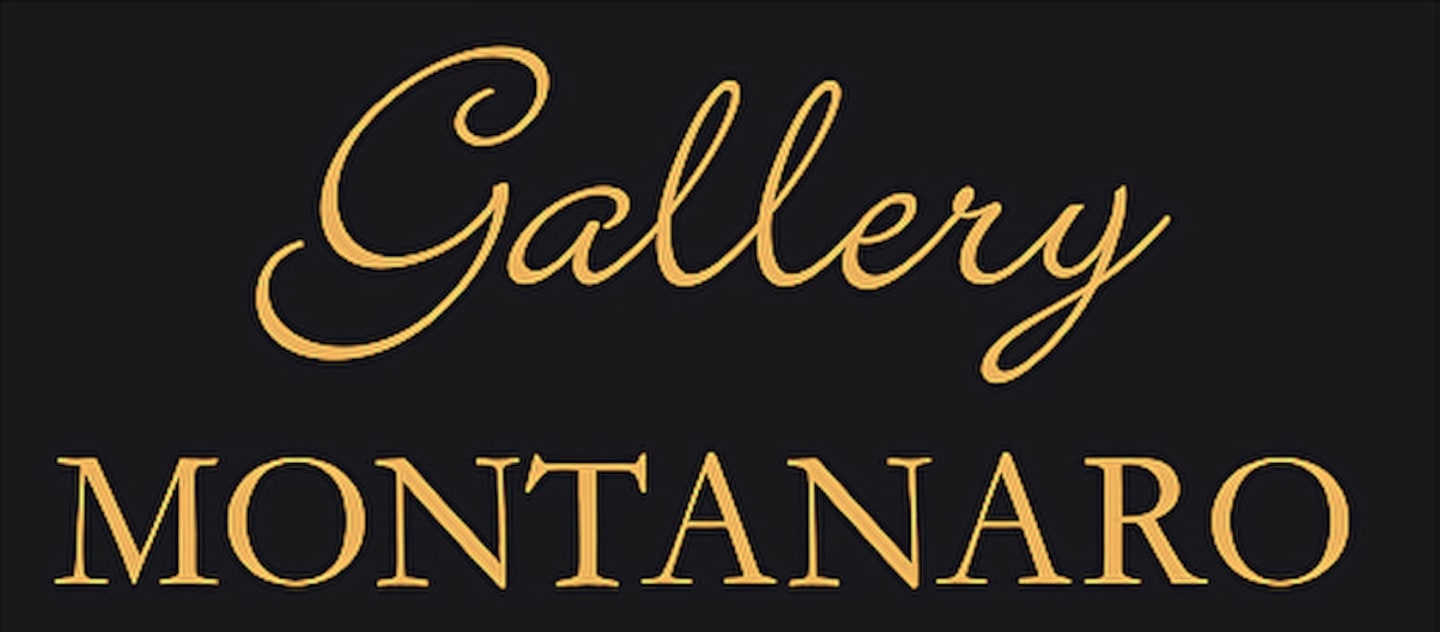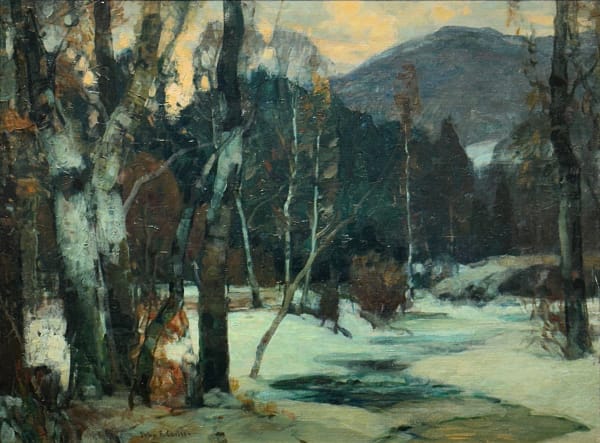John F. Carlson (1875-1945)
John F. Carlson was a Swedish-born American landscape painter renowned for his poetic depictions of winter and his mastery of tonal harmony. Born in Kolsebro, Sweden, in 1874, Carlson emigrated to the United States as a child and later studied under Frank DuMond and Birge Harrison at the Art Students League of New York. His serene landscapes—softly structured compositions of snow, forest, and atmosphere—earned him national acclaim and a place among America’s leading early 20th-century painters.
Carlson founded the Woodstock School of Landscape Painting in 1922, where his emphasis on design, tonal values, and the “music of color” shaped generations of artists. His influential book, Carlson’s Guide to Landscape Painting (1928), remains one of the most enduring manuals on landscape composition and light.
His philosophy deeply impacted the Cape Ann School of American Impressionism, where painters such as Aldro T. Hibbard, Anthony Thieme, and Emile A. Gruppe carried Carlson’s tonal principles into their plein air interpretations of Rockport and Gloucester. Carlson’s teachings on light and structure became foundational to Gruppe’s painterly style and the broader Cape Ann movement, helping bridge the tonal realism of the Woodstock circle with the vibrant colorism of New England Impressionism.
Carlson was elected a full member of the National Academy of Design and received numerous awards from major American exhibitions. Today, his works reside in the Smithsonian American Art Museum, the National Academy of Design, and private collections nationwide. His legacy endures not only through his own luminous canvases, but also through the enduring influence he had on the Cape Ann painters who followed him.



